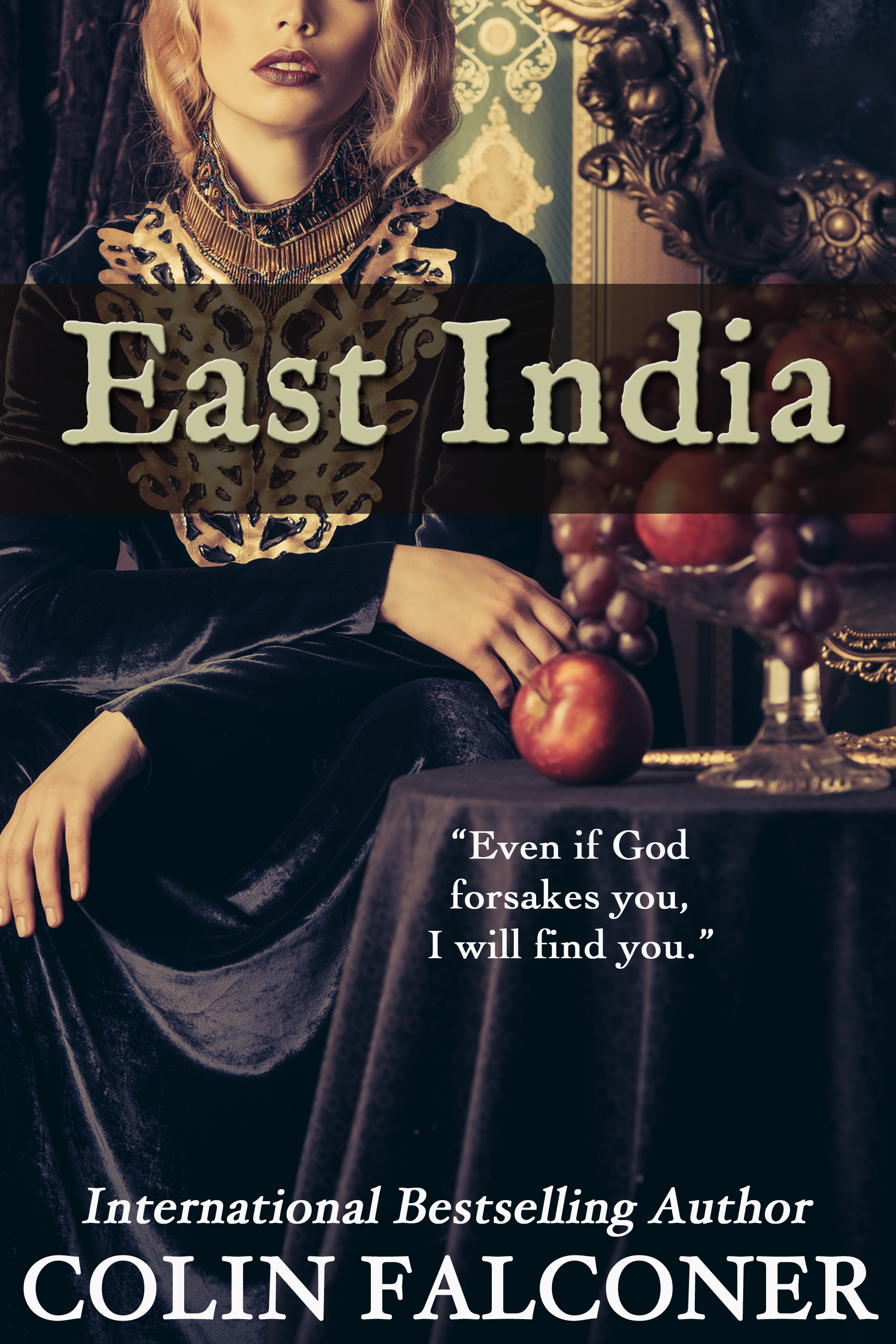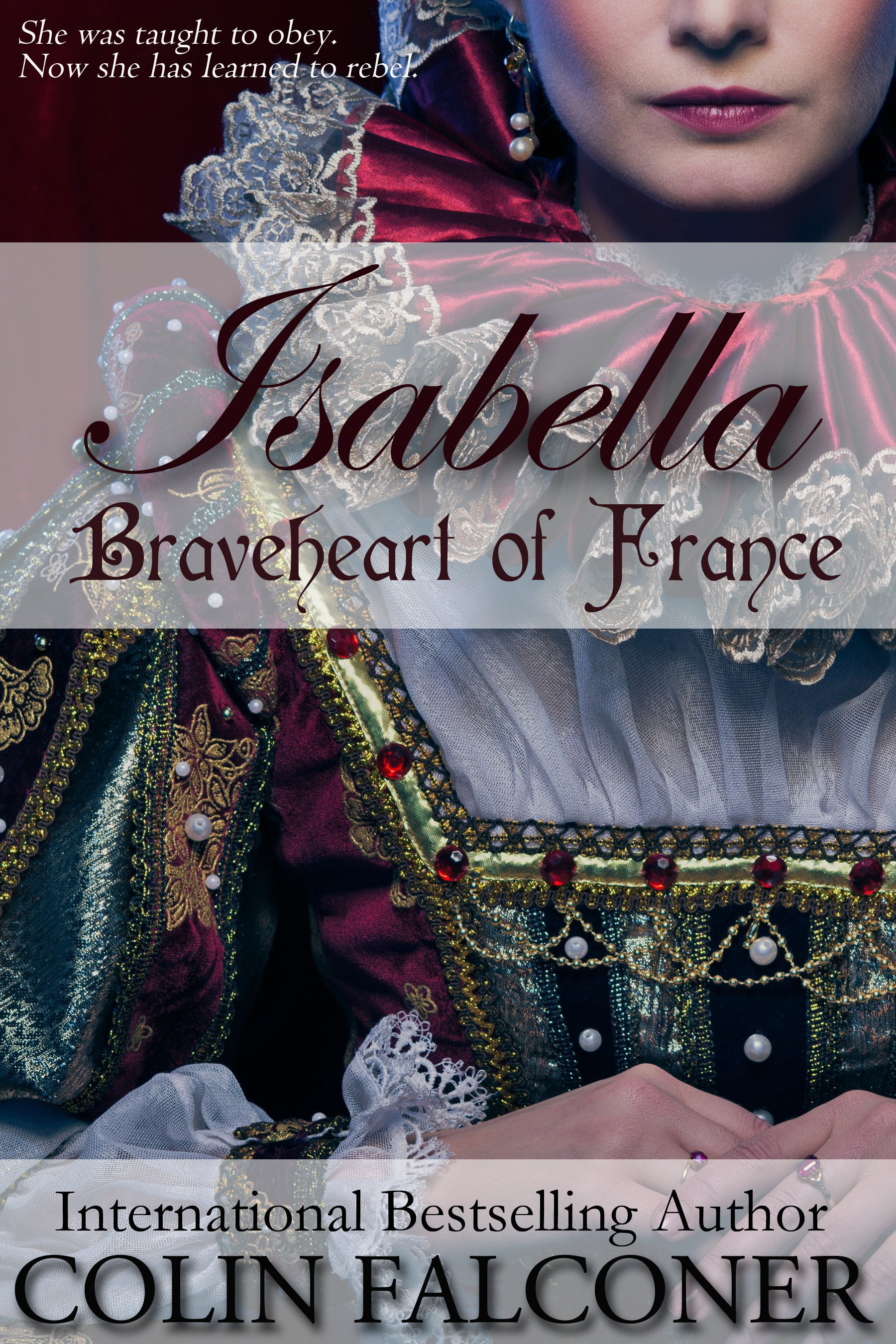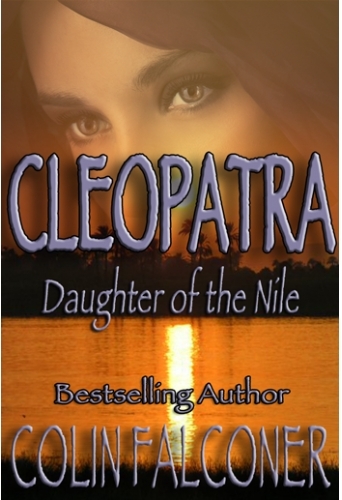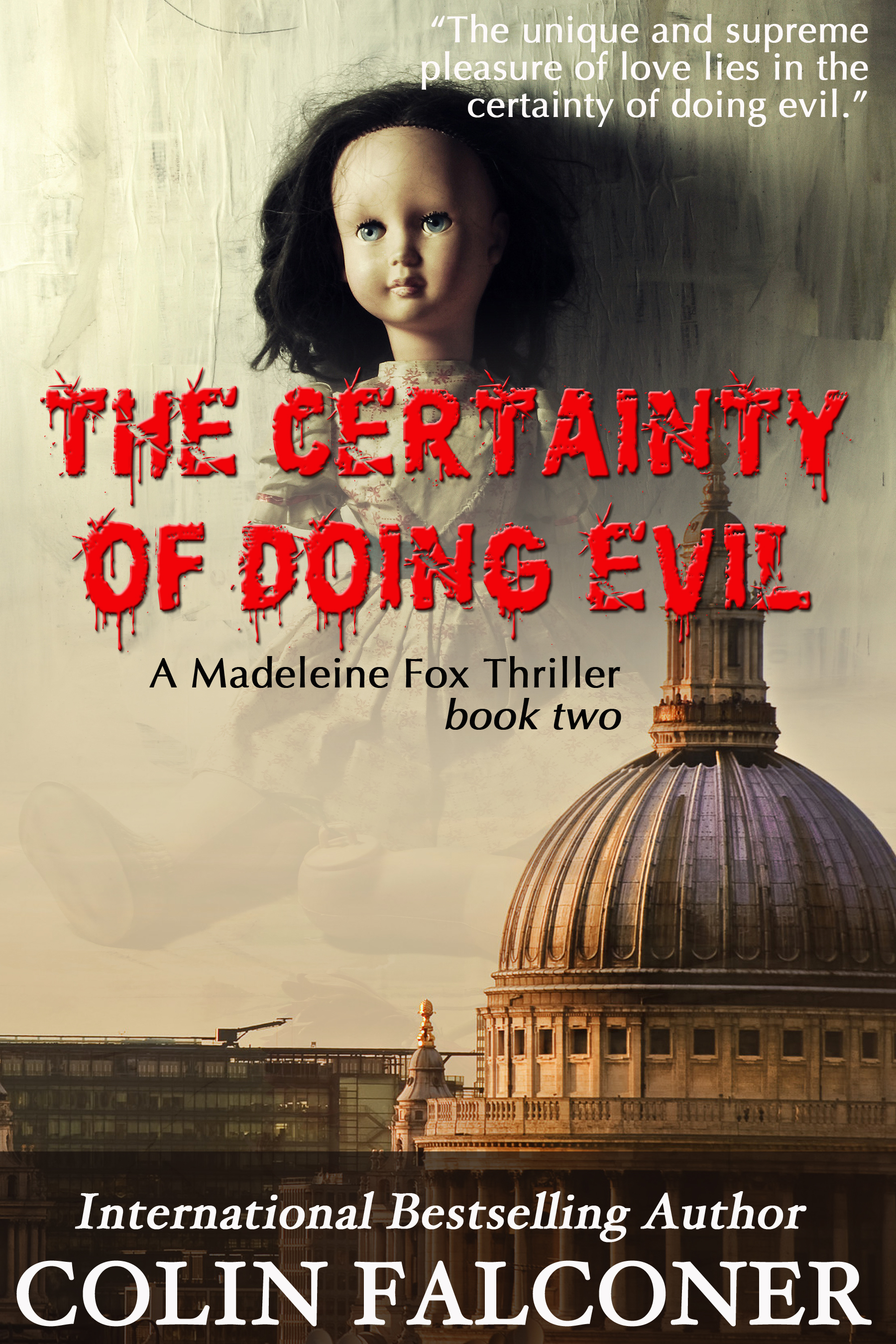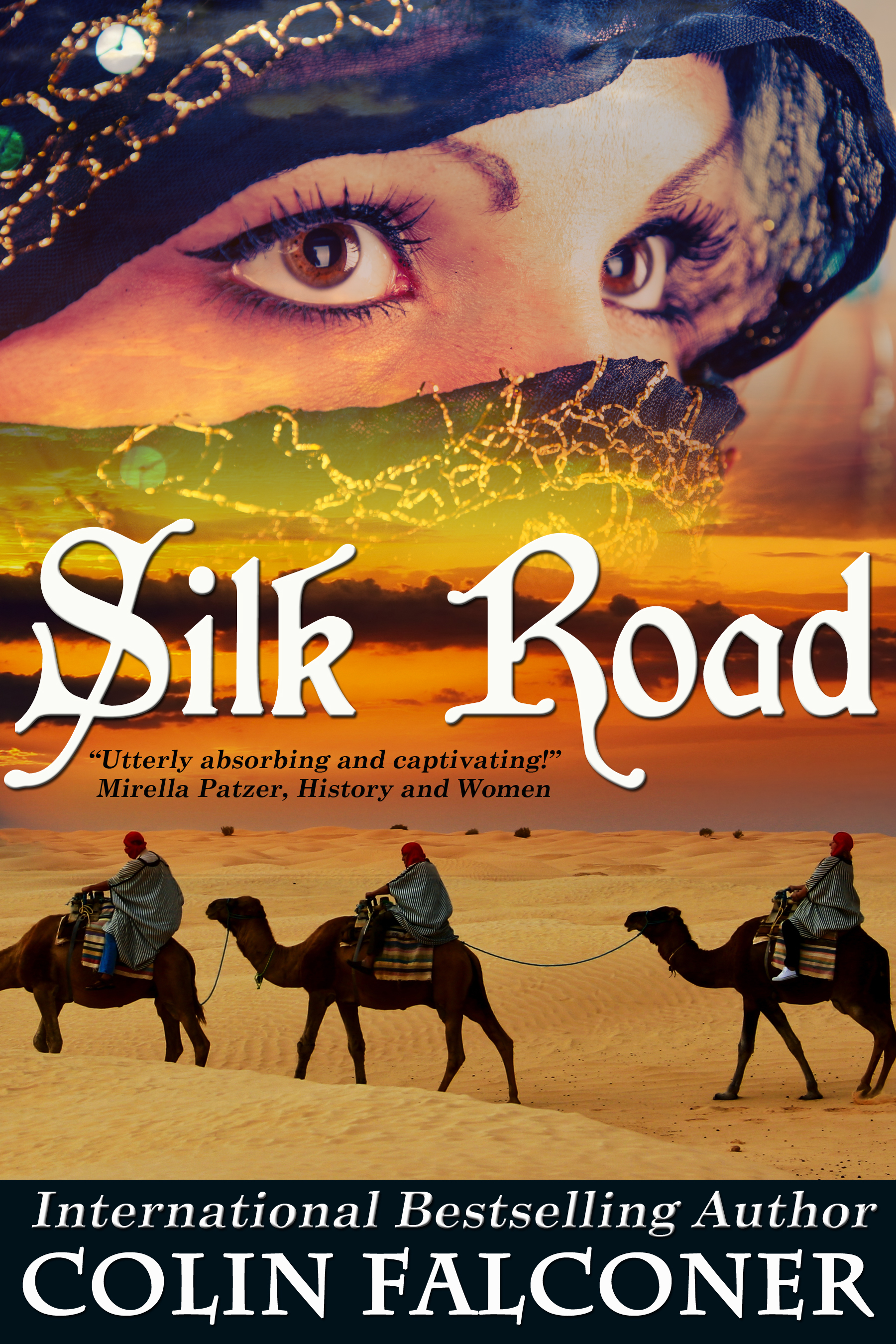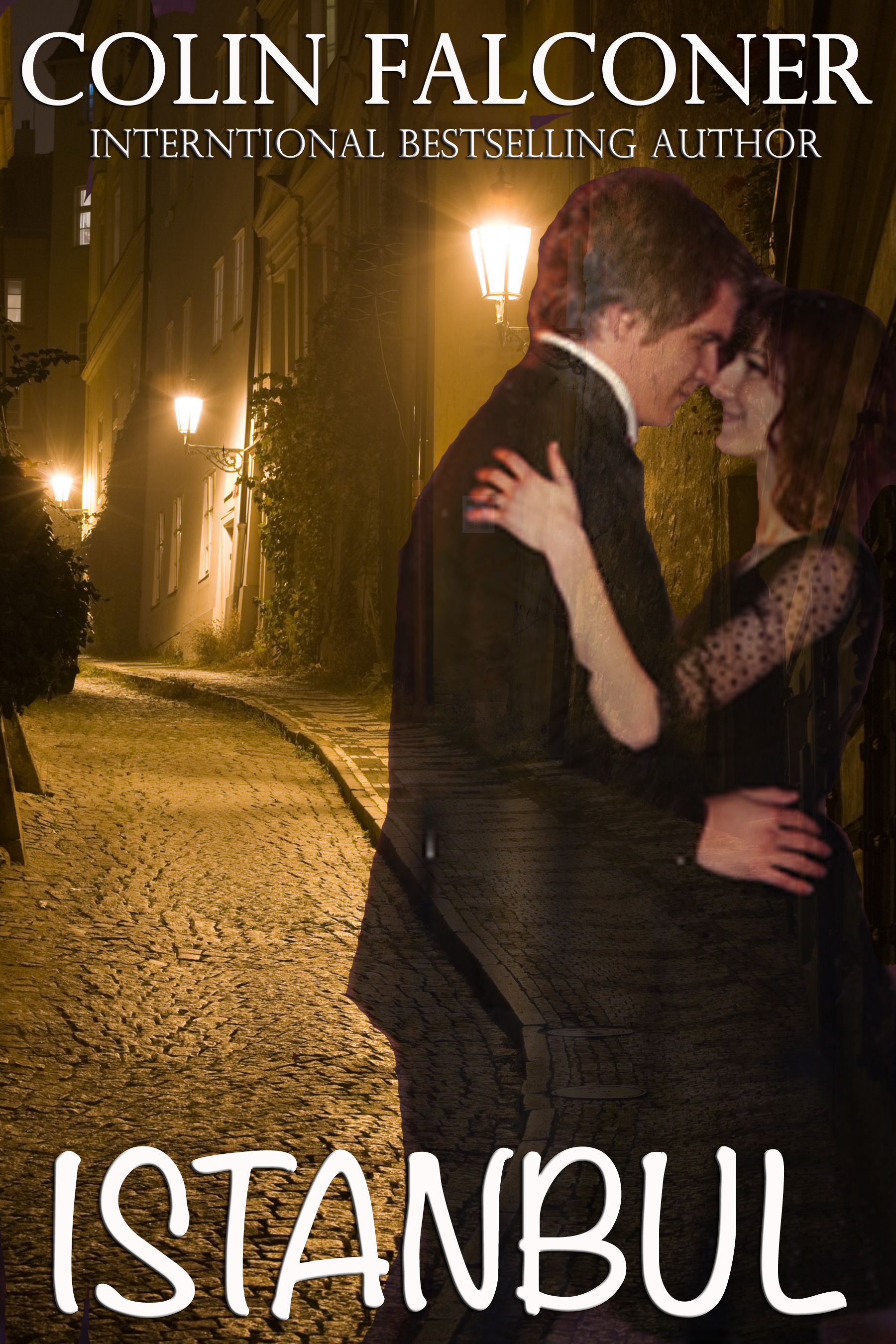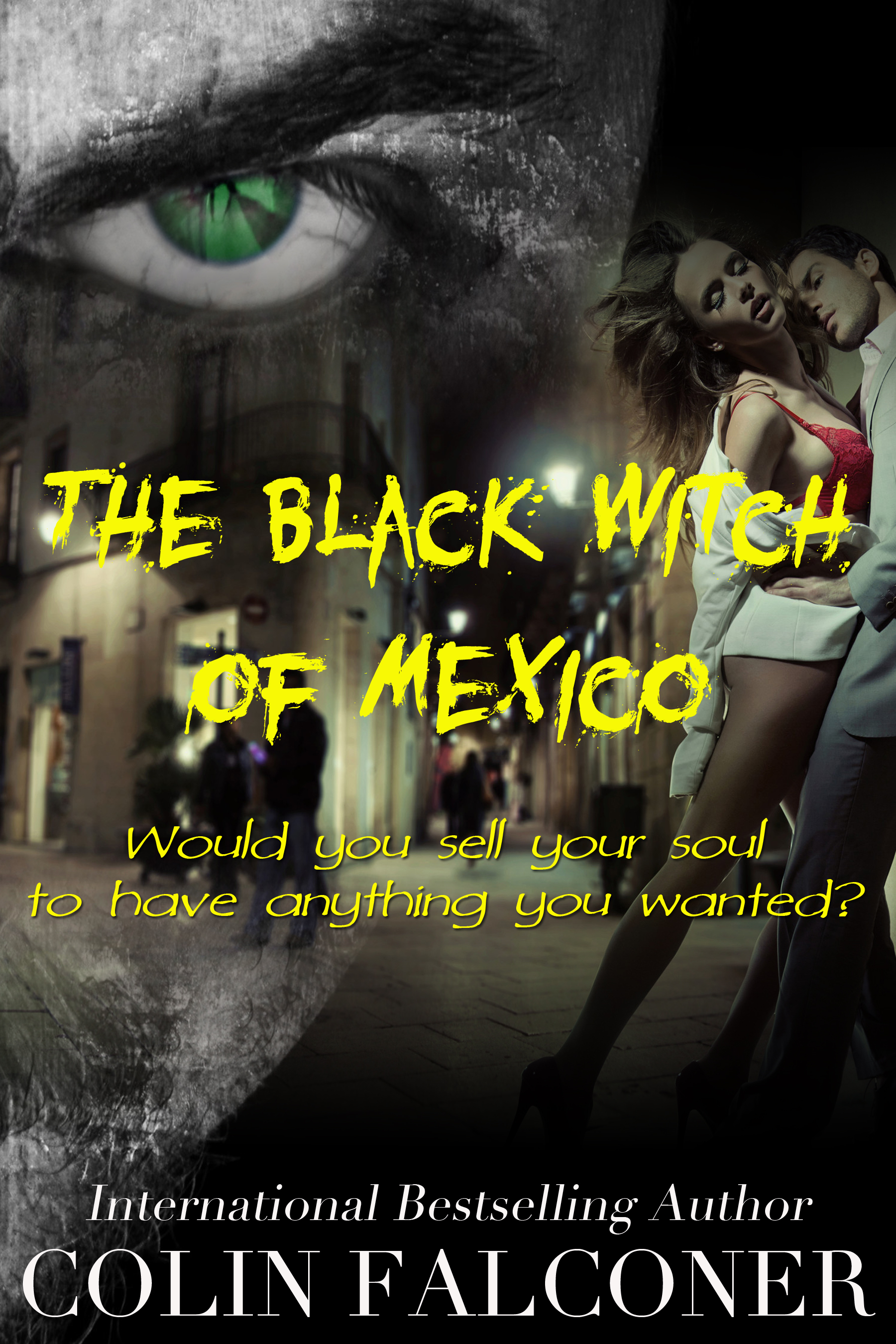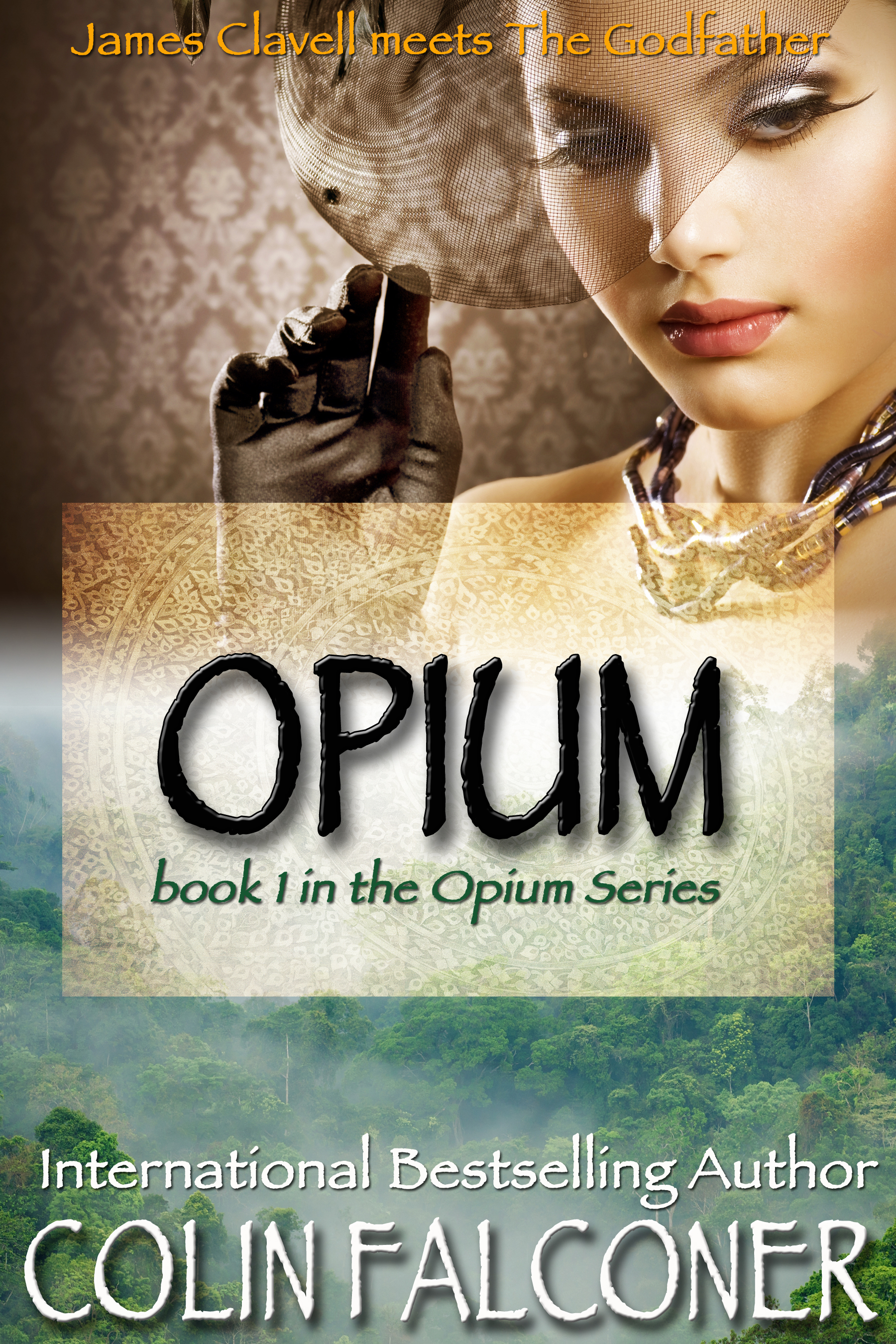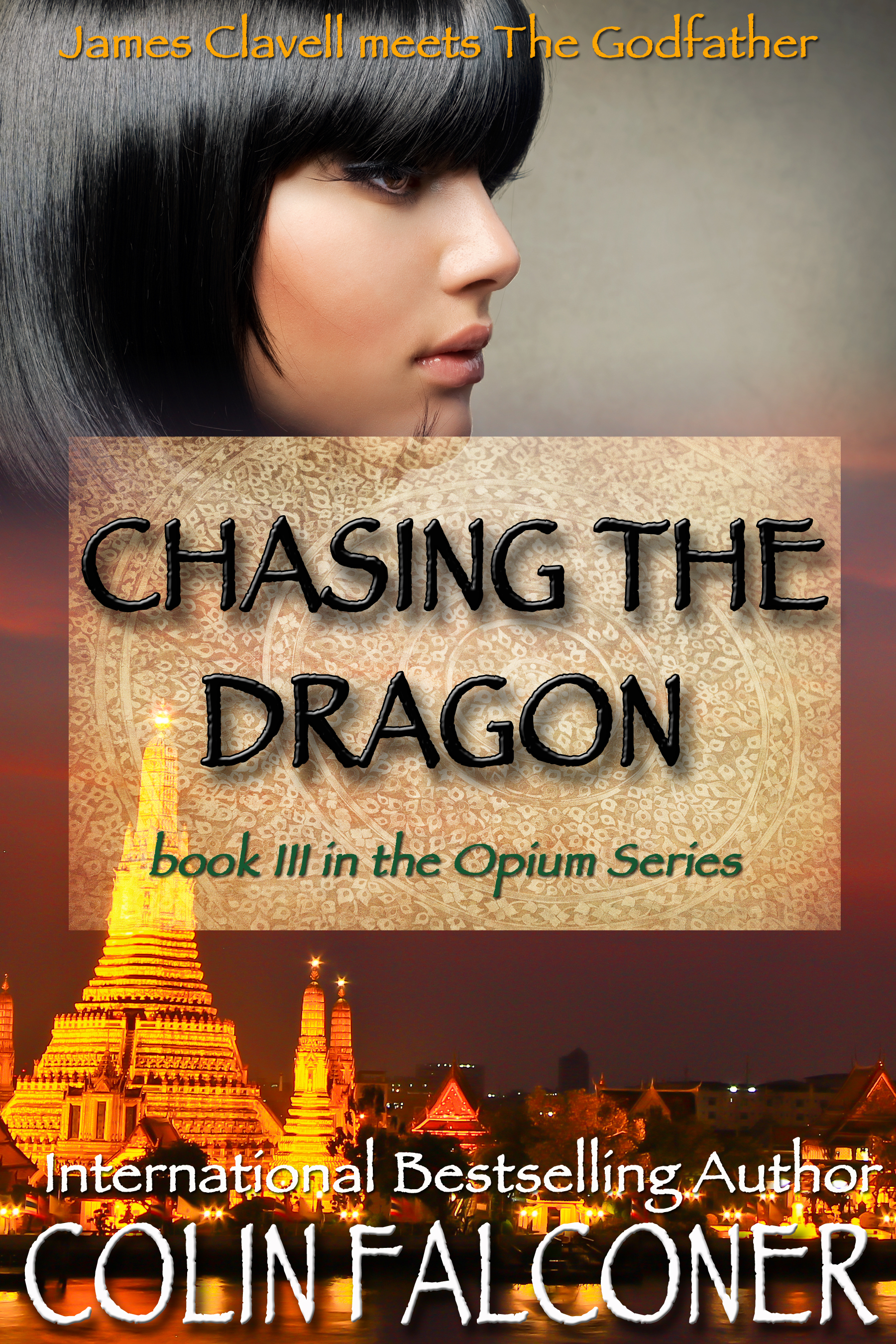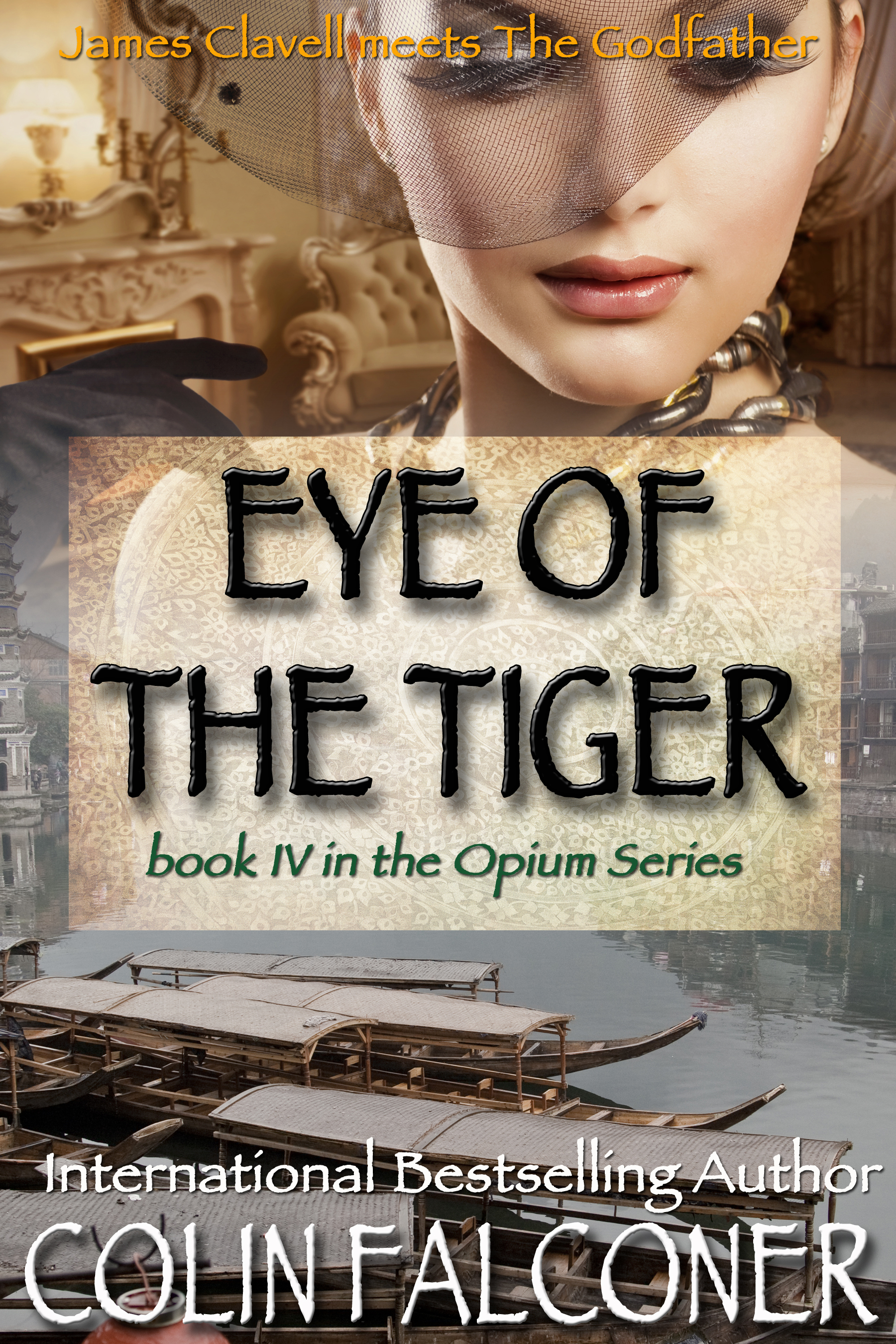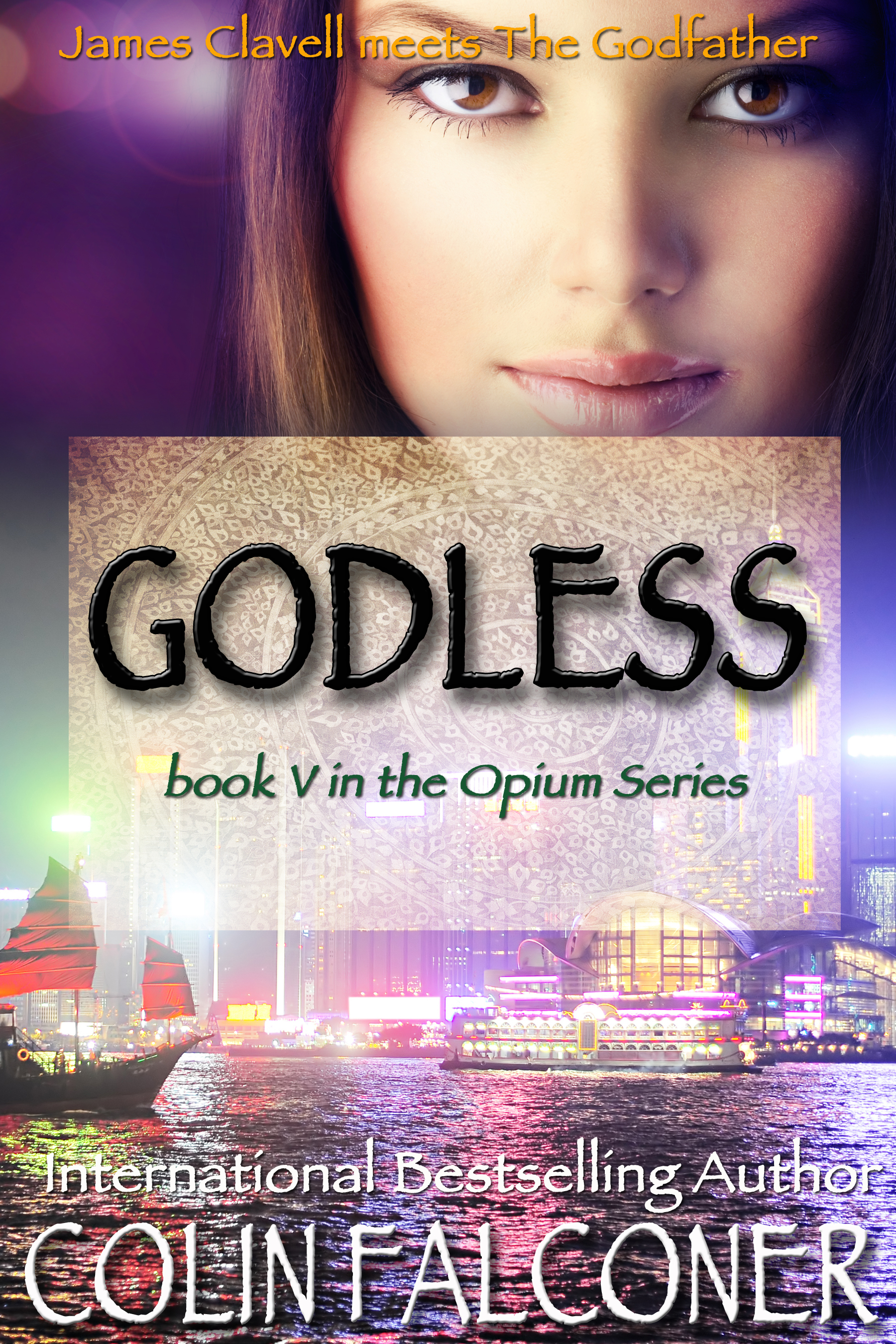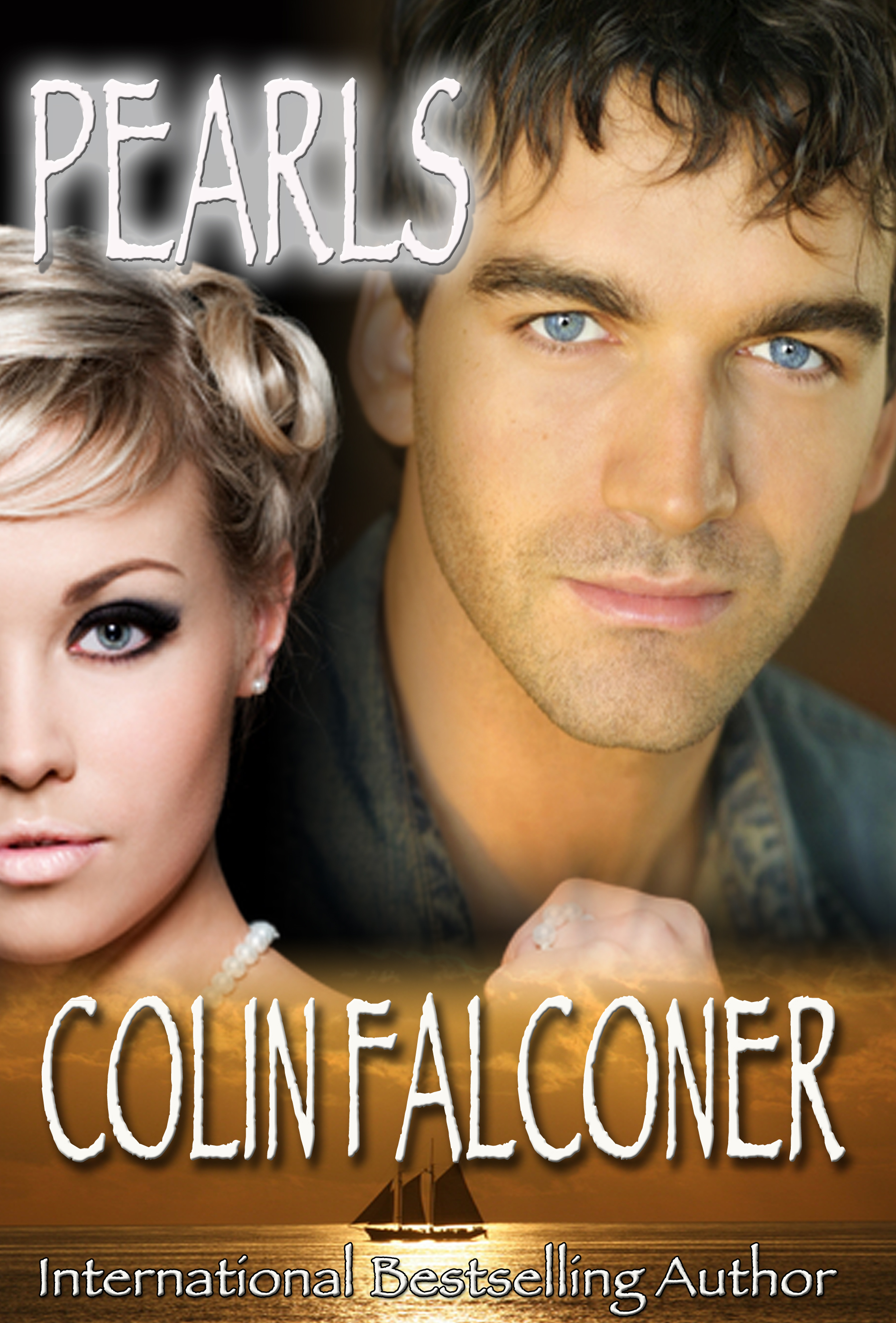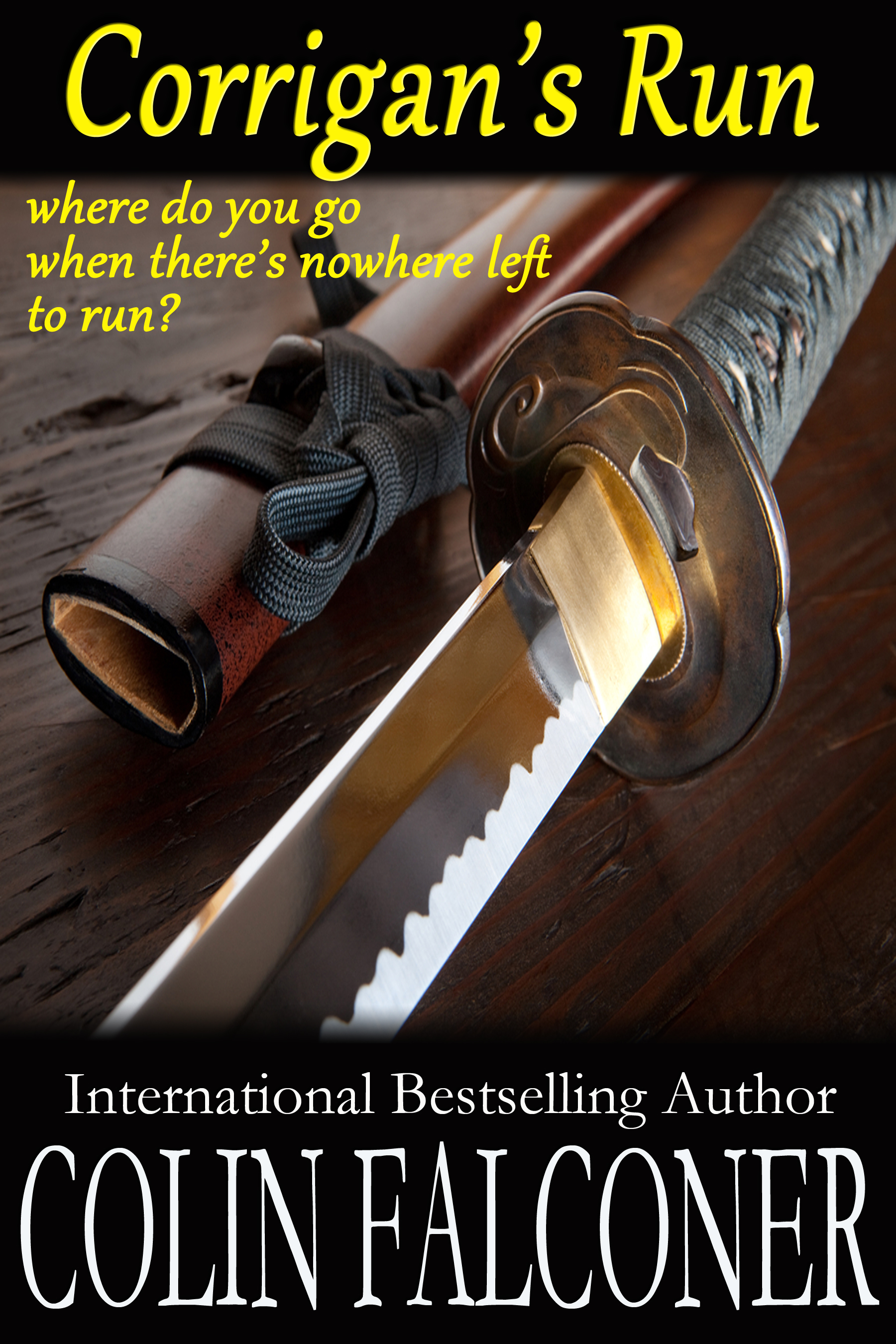There’s a song originally recorded by The Persuaders in 1971 and covered many times since, most famously by Annie Lennox.
It’s called: ‘There’s a thin line between love and hate.’
It kept going round in my head when I first read the story of Edward and Isabella.
Isabella was the queen of Edward II of England. Their marriage had been arranged when she was just three years old to try and cement the truce between France and England over disputed territories in Gascony.
Edward was a fine strapping fellow, by all accounts.
She was only twelve years old when she married him but was destined to grow into a beautiful young woman.
They were the glamor couple of the early fourteenth century, a Brangelina in the making.
Edabella.
But two things stood in the way of their happiness and future success; Edward didn’t particularly want to be king of England and wasn’t really suited to the job - and he had fallen in love at first sight.
Just not with her.
The love of Edward’s life was a former squire named Piers Gaveston.
Gaveston was murdered by some of Edward’s disaffected barons when she was seventeen and just growing into womanhood, so it may be that she thought that afterwards their marriage had a chance.
And it seemed that way for a short while.
Edward performed his conjugal duties by England if not by her; they had four children over the course of the next decade.
But it seems she never really won his love. She was replaced in his trust, if not his bed, by another of his court favorites, Hugh Despenser, and after the birth of her last child she became an increasingly lonely figure.
He sent away her French retainers, separated her from her children and spent little time with her.
But finally, with the aid of her lover, Mortimer, she deposed him and he died at the hands of his captors in Berkeley Castle.
Did she know about the planned murder beforehand?
That we cannot know.
Did she come to hate him that much?
It is an intriguing question.
More intriguingly - did she love him in the first place?
Isabella was an enigma.
After Edward’s funeral at Gloucester Cathedral, she was given his heart in a silver casket.
She had never had it in life; she owned his heart in death.
When she herself died in 1358 she was buried, at her own insistence, in her wedding dress, holding the casket to her breast.
How do we interpret such gestures?
Did she wish him dead for spurning her, and when it was done did it trouble her conscience for the rest of her life?
Or was she, as history has painted her, a she-wolf, cold as the alabaster of her tomb, and everything done all for show.
It’s a thin line between love and hate. The heart in the casket. The wedding dress.
What did it mean?
If it was all done for love, it would make their story one of the most poignant in English history.
If it was hate, it was the perfect revenge.
But we can never know, we can only guess.
And historical novelists love to guess …
ISABELLA, Braveheart of France.
And also available as POD from COOLGUS publishing






